Deng Zhangyu retraces the stunning path in Yunnan, along which precious leaves were traded.
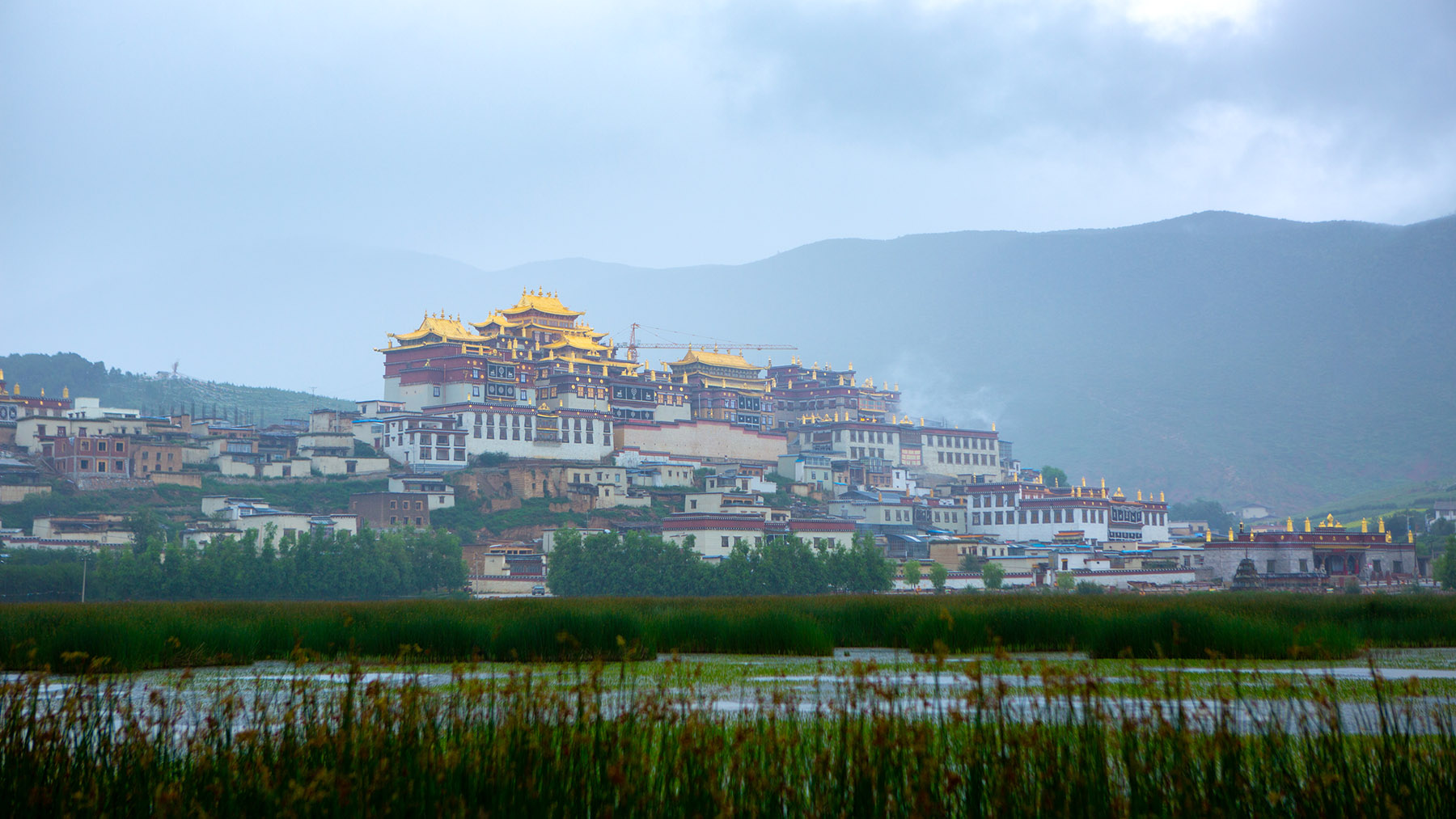
Southwest China's Yunnan province hosts an intricate and extensive ancient trail, known as the Ancient Tea Horse Road, which was used to transport tea from production areas to the Tibetan region. The sound of copper bells that once echoed along this ancient trail has long faded, but my exploration of the beautiful scenery along this route had just begun.
My first stop was Xishuangbanna, a birthplace of the world's tea trees and the start of the Ancient Tea Horse Road, where much of the traded tea was produced.
Located on the southernmost tip of Yunnan, Xishuangbanna is one of China's best-preserved tropical ecosystems.
READ MORE: A tea time to savor
Rainforest hiking is popular for visitors to explore its rich biodiversity. I joined a hiking group and set off toward a jungle hidden behind Jinuo Mountain, just a half-hour drive from the prefecture's main city, Jinghong.
Everything in the rainforest was novel to me, from trees as high as skyscrapers that created a canopy blocking out most of the light to various insects that camouflaged themselves so well that I wouldn't have noticed them if my guide hadn't pointed them out.
I encountered a black widow that had just finished spinning its web, a pair of locusts in the midst of mating, a lizard searching for food and a green bamboo snake dozing in a tree. At one point, a river crab attempted to scuttle across my shoe.
However, the tranquillity and peace I felt were just the surface of the rainforest. I found a murder victim — a tall tree with a shallow trunk lying on the ground, a reminder of the law of the jungle, in which everything fights to survive. My guide explained that the tree was killed by other competing trees. The brutality and ingenuity of these plants is something I wouldn't have imagined.
After a three-hour hike, I reached a camp where visitors could take a break with a cup of coffee or tea.
There, I was given the opportunity to climb a 60-meter-high banyan tree using ropes, under the supervision of two professionals. However, I was so exhausted that I chose to sit down and enjoy the tranquillity of the jungle instead.
As dusk fell, it was time to say goodbye to this rainforest, far removed from the hustle and bustle of the city. The Pu'er tea I'd just finished still left a lingering hint of its fragrance on my tongue. My next destination was Pu'er — a city named after the tea variety it produces — just a two-hour train ride away.
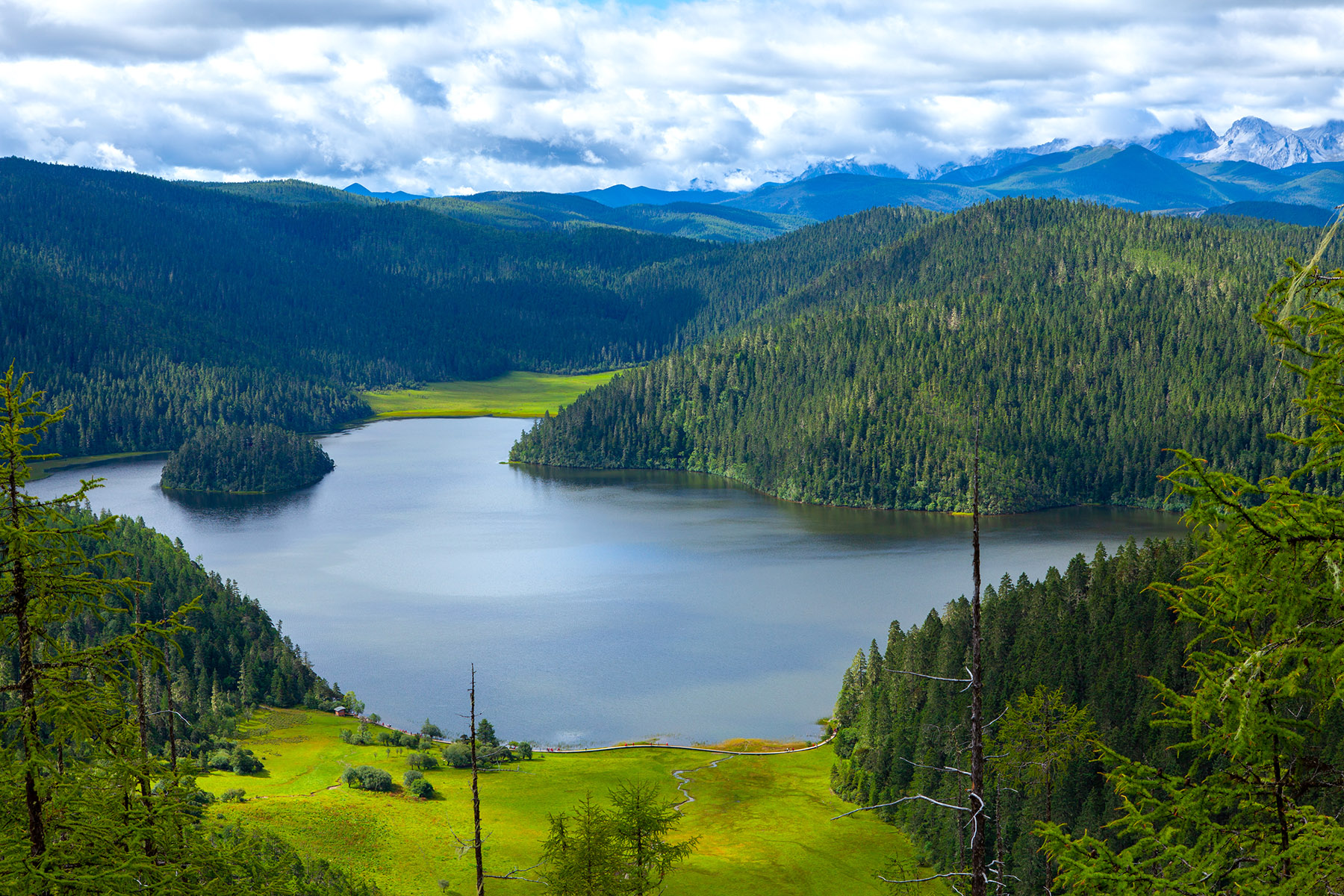
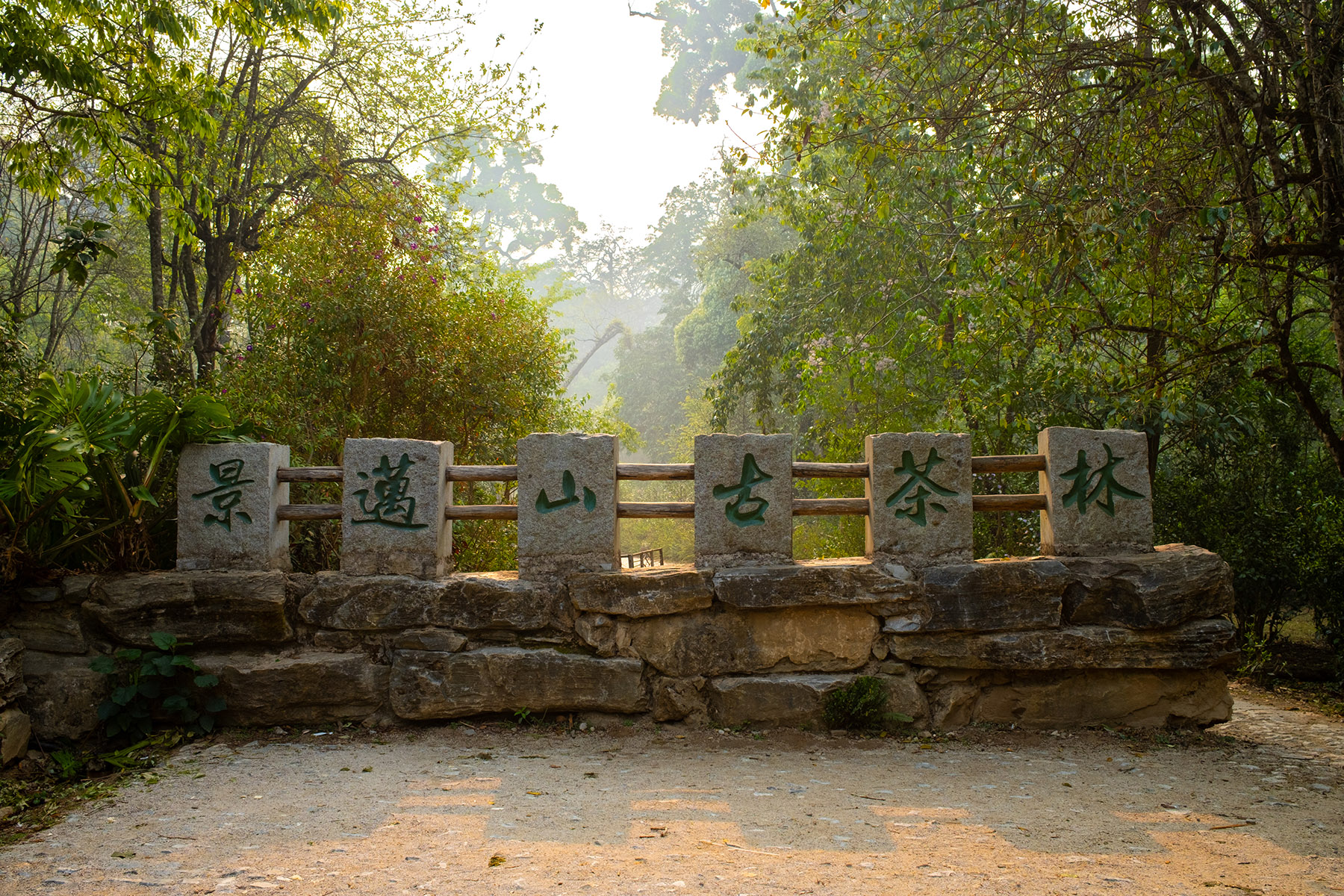
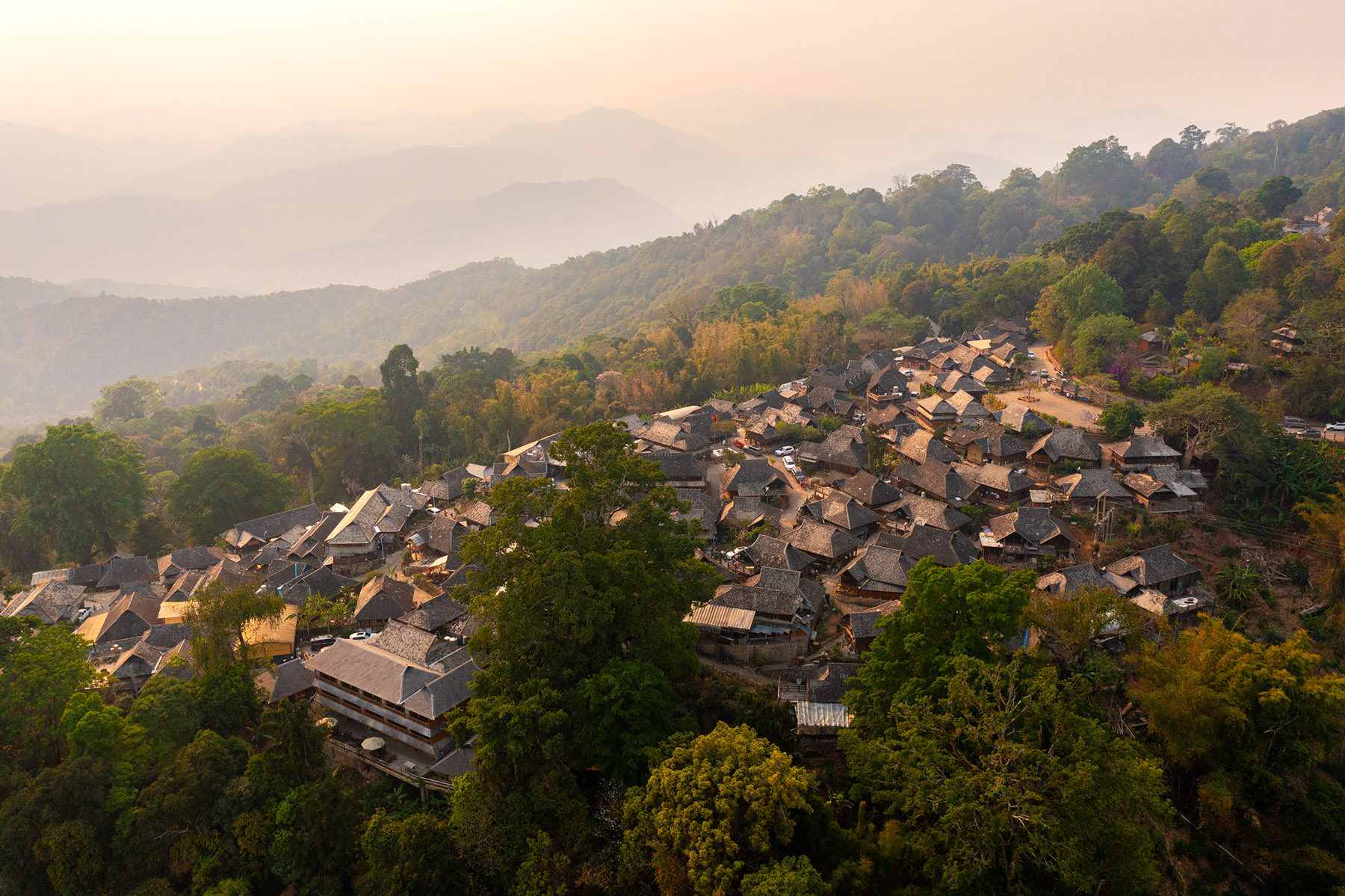
Plucky Pu'er
Pu'er is a major tea-producing city on the Ancient Tea Horse Road. A large quantity is produced here and then transported north by mule caravans to the Tibetan areas on the snowy plateau.
In the streets and alleys of Pu'er, tea shops are scattered everywhere, and the shop owners warmly invite tourists to come in and taste the tea for free. The best-quality tea comes from the ancient tea plantations in the Old Tea Forests on Jingmai Mountain, a cultural landscape inscribed on the UNESCO World Heritage list in 2023.
I visited Nan Kang, a master tea-maker in Mangjing village on Jingmai Mountain, where nine ancient villages are inhabited by such ethnic groups as the Blang, Dai, Hani and Va, who have cultivated tea trees for generations.
Nan's home is situated in an open space halfway up the mountain. Looking out from his house, expanses of ancient tea forests are bathed in the glow of the setting sun. Many of the ancient tea trees here are more than 100 years old, and the locals believe that each tea tree has its own tea spirit. "Everyone takes good care of these gifts of nature like their own eyes," says Nan.
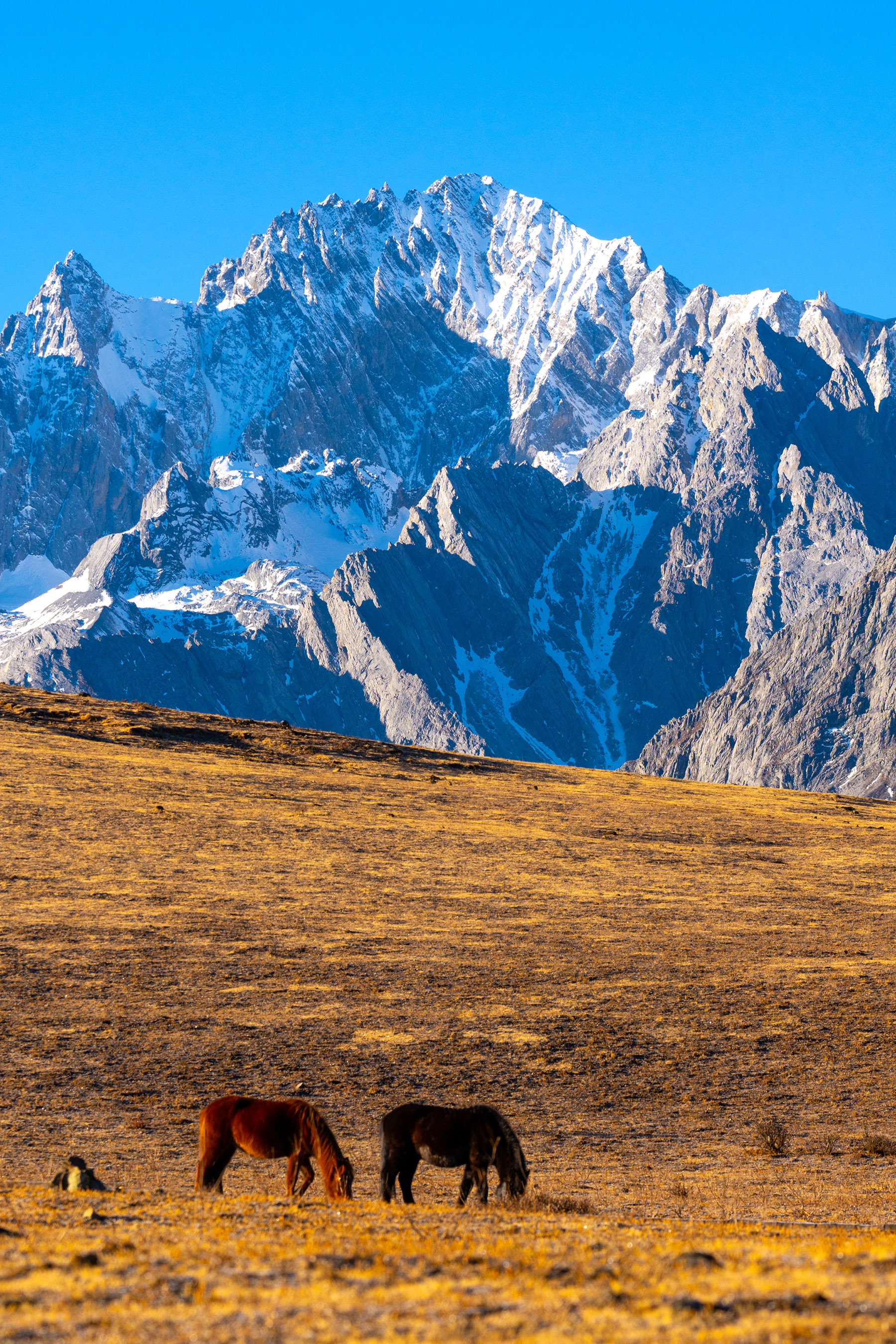
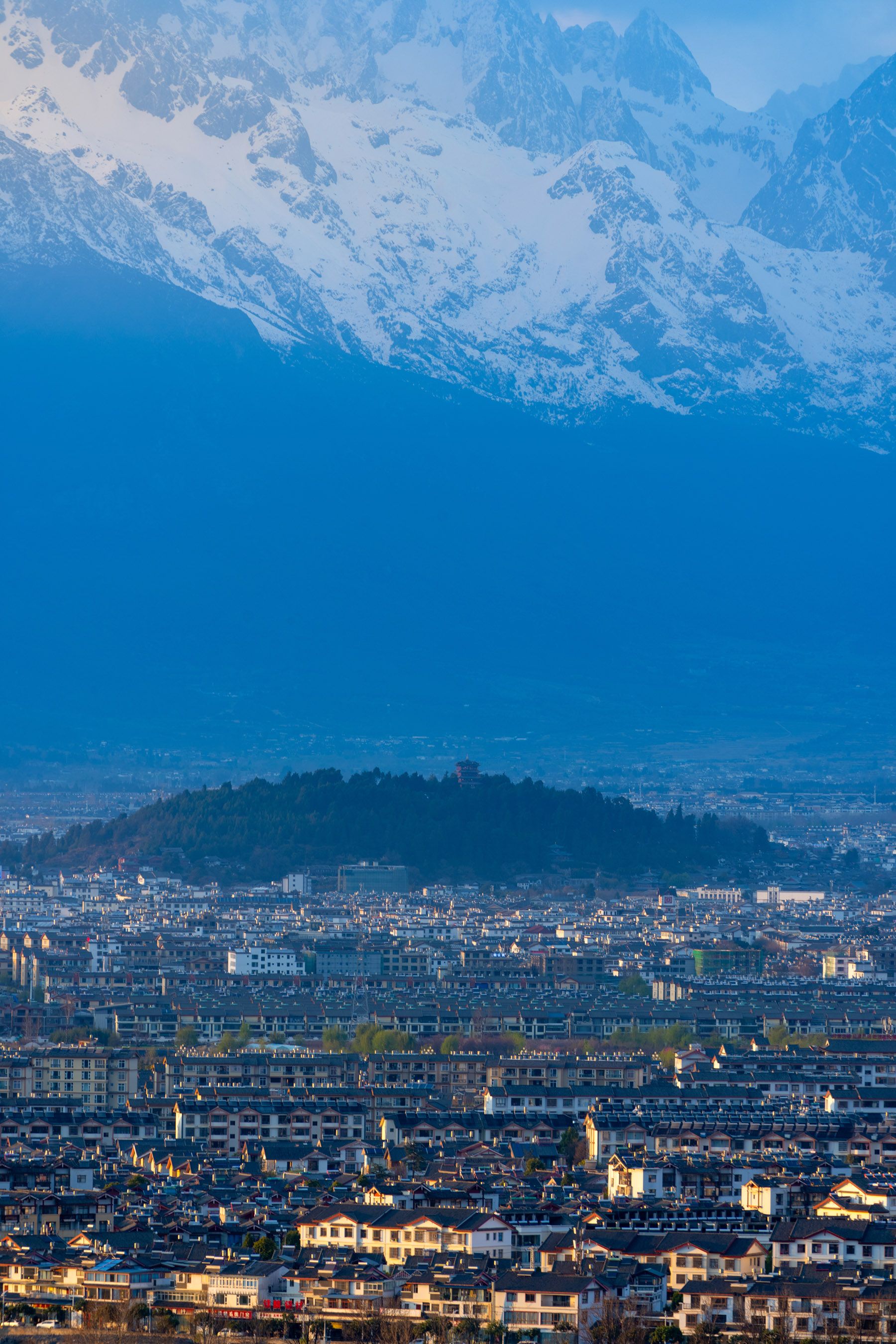
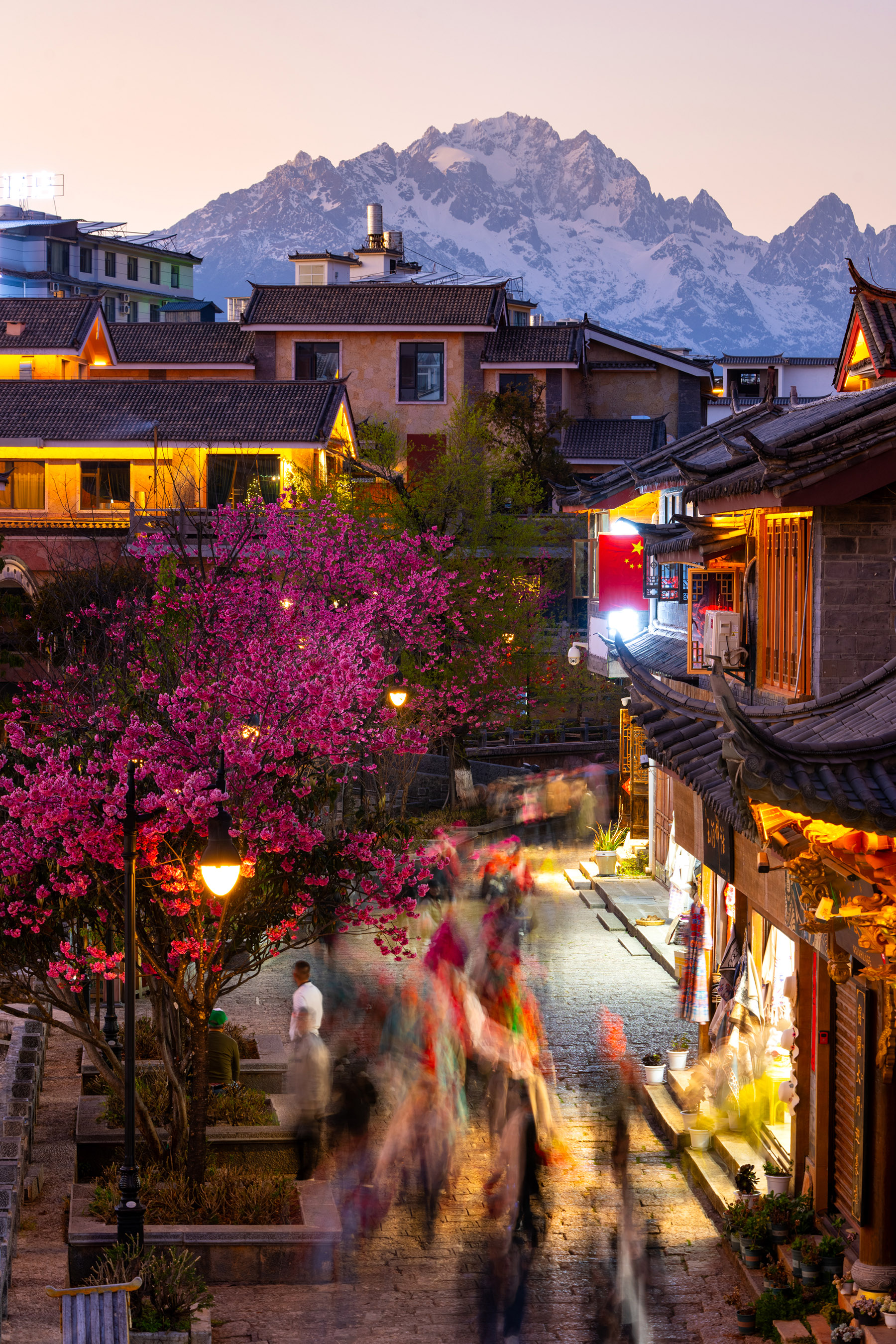
In early April, I arrived just in time for the tea-picking season. Nan took me to witness the locals' unique skills, such as climbing trees to pick tea. Even elderly villagers in their 60s and 70s nimbly scale the tall trunks to harvest the freshest leaves. It's a skill that has sustained their ancestors for generations.
In just one day, I experienced tea picking, observed every step of the tea-making process and tasted a variety of fine Pu'er teas. It was truly fascinating.
Strolling through the ancient village lined with stilt houses, I saw people dressed in traditional Blang clothes drying their freshly picked tea leaves at their doorsteps. Occasionally, our eyes would meet, and they offered a shy smile. Life here is tranquil and beautiful, much like Pu'er tea.
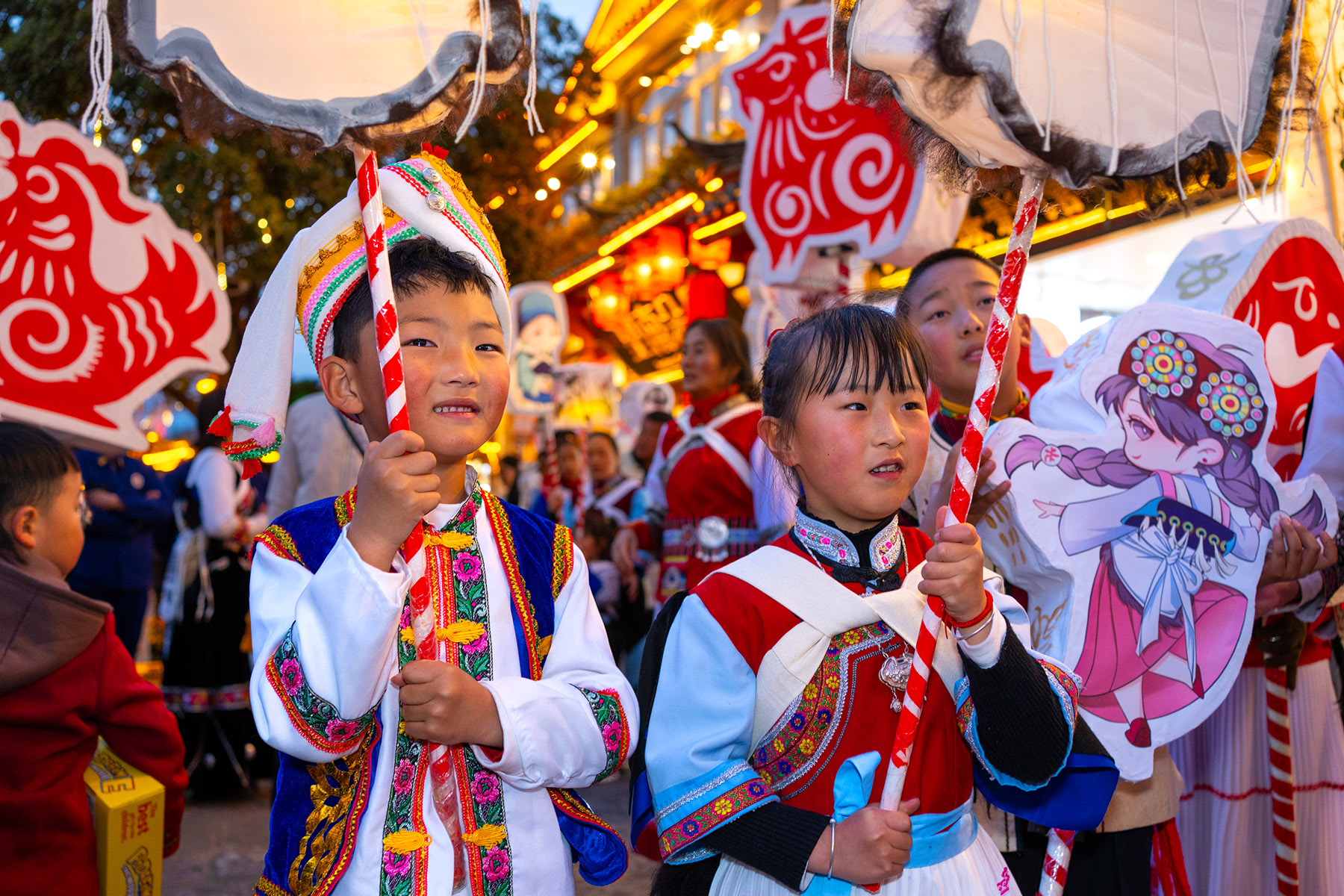
Lovely Lijiang
When I flew to my next destination, Lijiang, an important transit station on the Ancient Tea Horse Road, the highland scenery contrasted with Pu'er plantations in the south, painting a vivid picture of two distinct seasons.
Lijiang is renowned for its location at the foot of Jade Dragon Snow Mountain. I woke up early, eager to catch a glimpse of the majestic snowcapped peak.
I took a 35-minute tourist train from Lijiang ancient town to the iconic alp. It afforded panoramic vistas that allowed me to enjoy snowcapped peaks from different angles, along with views of crystal waters and sheer canyons.
Taking the cable car to Glacier Park, I reached an altitude of 4,506 meters. From there, I climbed up to 4,680 meters. The white apex was dazzlingly bright in the sunlight. Then, the weather changed in mere minutes, shrouding the summit in clouds and mist, so it appeared and disappeared like a veiled goddess.
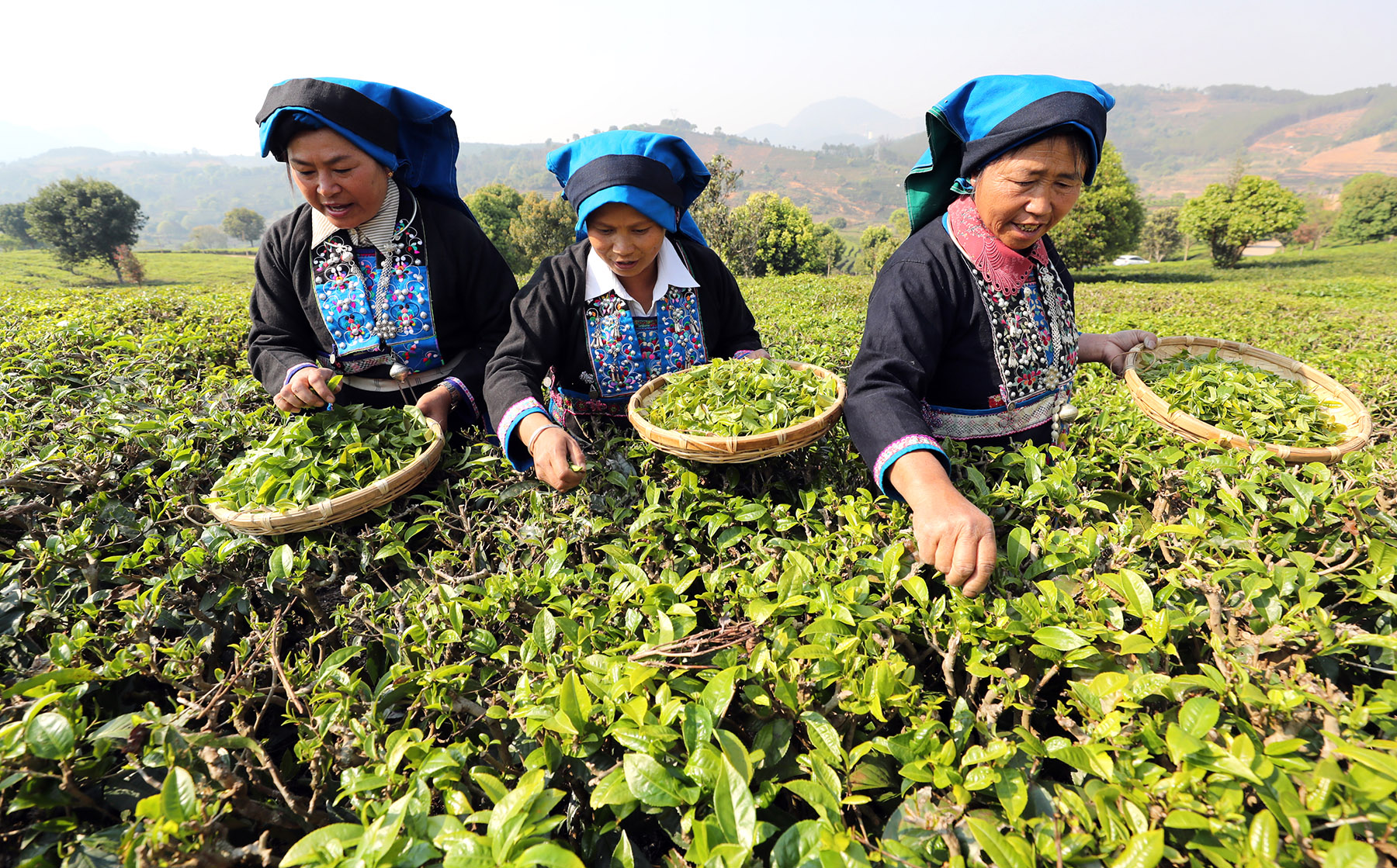
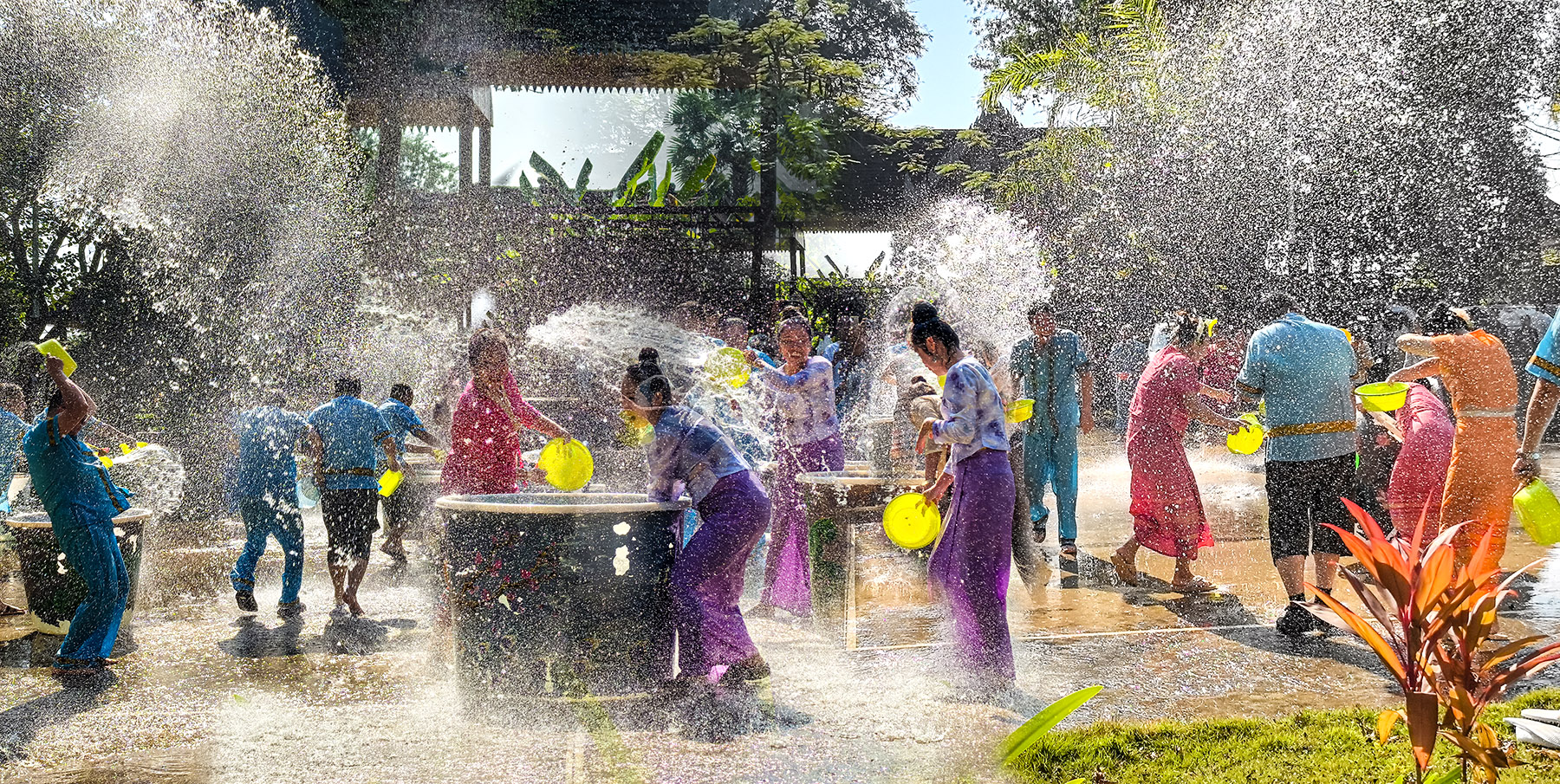
Despite the difficulty of breathing at such high altitudes, the snowcaps are even more breathtaking.
Climbing up the wooden steps and listening closely, it almost felt like I could hear the glacier breathing. Researchers are currently working on glacier protection here.
A brief stop in Lijiang ultimately led to the final destination: Shangri-La, a place often referred to as "paradise on Earth" and also an important hub on the Ancient Tea Horse Road. Tea was transported from there to Tibetan areas.
At an altitude of over 3,200 meters, Shangri-La boasts snowcapped mountains, pristine lakes and great valleys. It's as beautiful as a postcard. I can no longer find the words to describe its breathtaking beauty.
I took a one-hour train ride to Shangri-La, and as soon as I stepped out of the station, I was captivated by the traditional Tibetan-style architecture, reminding me that I was entering the ethnic Tibetan area. I spent the entire afternoon leisurely exploring Dukezong ancient town, which dates back more than 1,300 years.
The ancient town bears traces of the past, when mule caravans traded and interacted with locals. Various horse-trading shops, inns that accommodated people and their horses, and stores selling fodder and horse gear lined the narrow cobblestone streets.
Today, these old Tibetan-style buildings stand as witnesses to the once thriving and bustling scenes of the past.
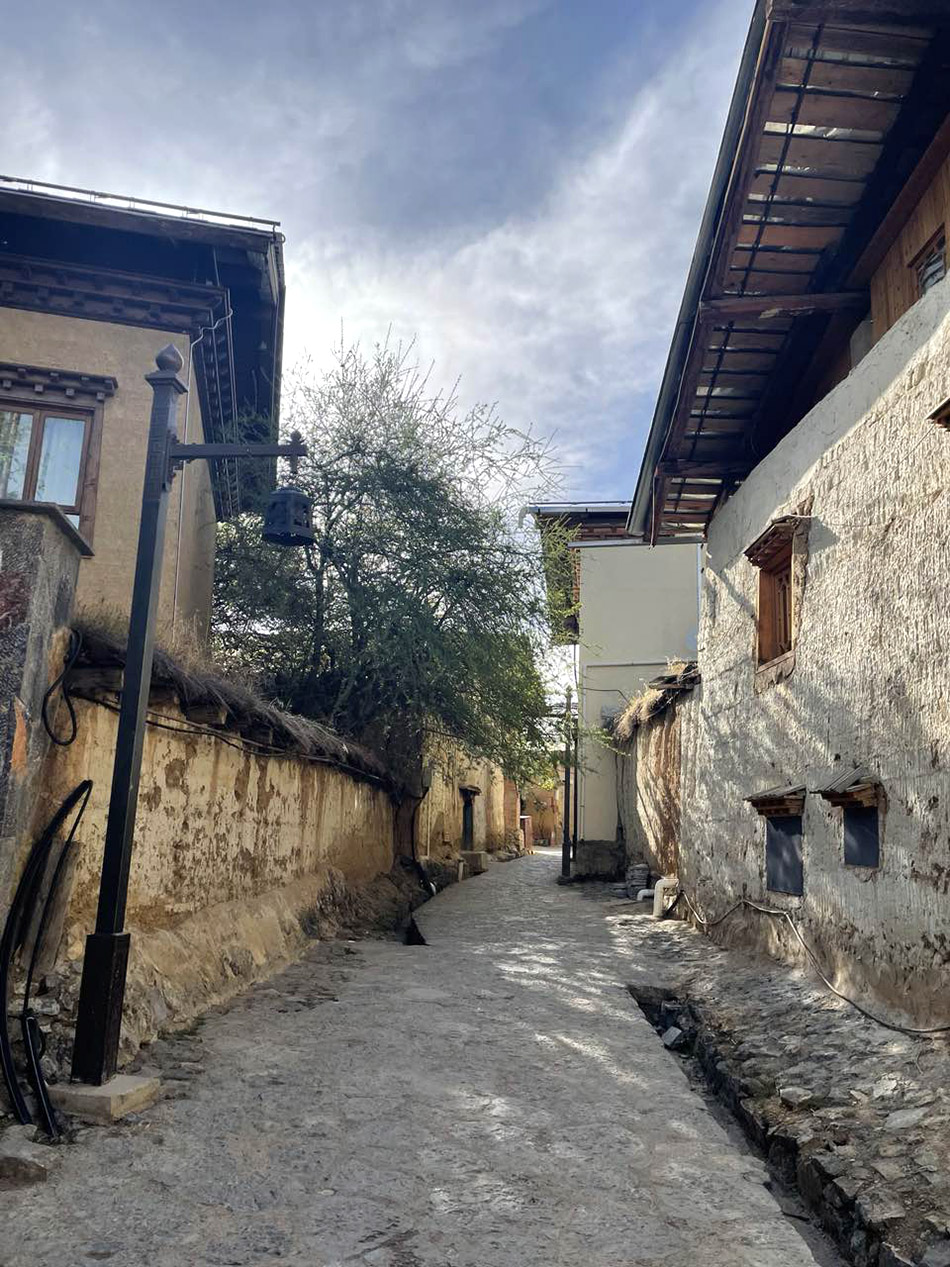
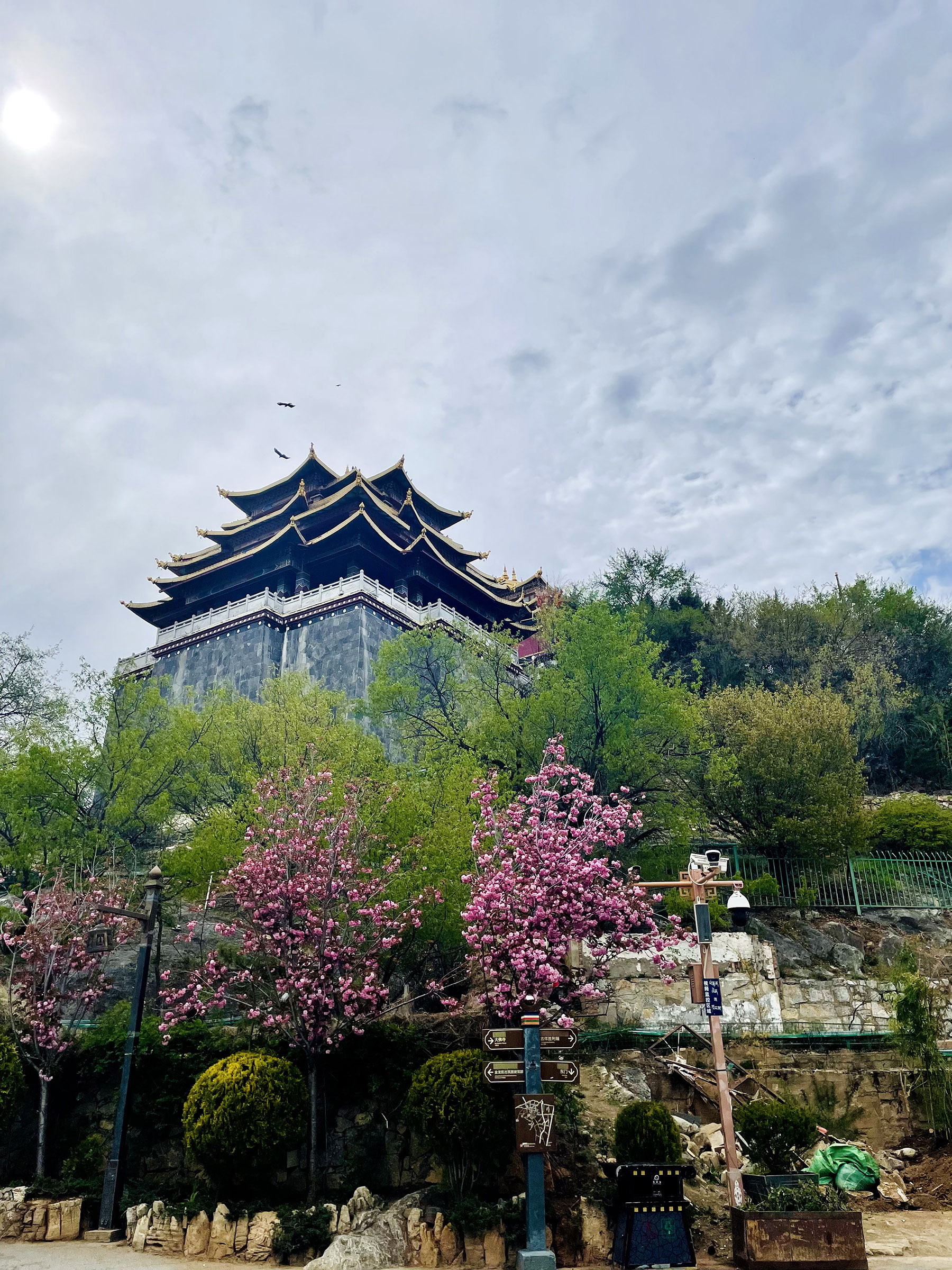
Not far from the ancient town stands another popular attraction, the Songzanlin Monastery, also known as Ganden Sumtseling Monastery. The largest Tibetan Buddhist monastery in Yunnan is often referred to as "Little Potala Palace" due to its architectural resemblance to the Potala Palace in Lhasa, Xizang autonomous region. It stands on a small mountain, and I enjoyed the beautiful architecture while climbing up to it.
In addition to the ancient town and architecture, the diverse highland scenery of Shangri-La is a magnet for countless hiking enthusiasts from both home and abroad.
ALSO READ: Perfection to a tea
Pressed for time, I embarked on a half-day journey through the enchanting Potatso National Park, a sanctuary celebrated for its pristine lakes, verdant pastures and ancient forests.
As I ventured on a two-hour hike, I was embraced by hillsides awash with vibrant pink rhododendrons. The forest was so quiet that the only sound was my own footsteps and the babbling streams. It felt like a dream.
The journey along the Ancient Tea Horse Road also felt like stepping into a dream — brimming with breathtaking landscapes waiting to be explored deeper in the future.
Li Yingqing contributed to this story.
Contact the writer at dengzhangyu@chinadaily.com.cn


